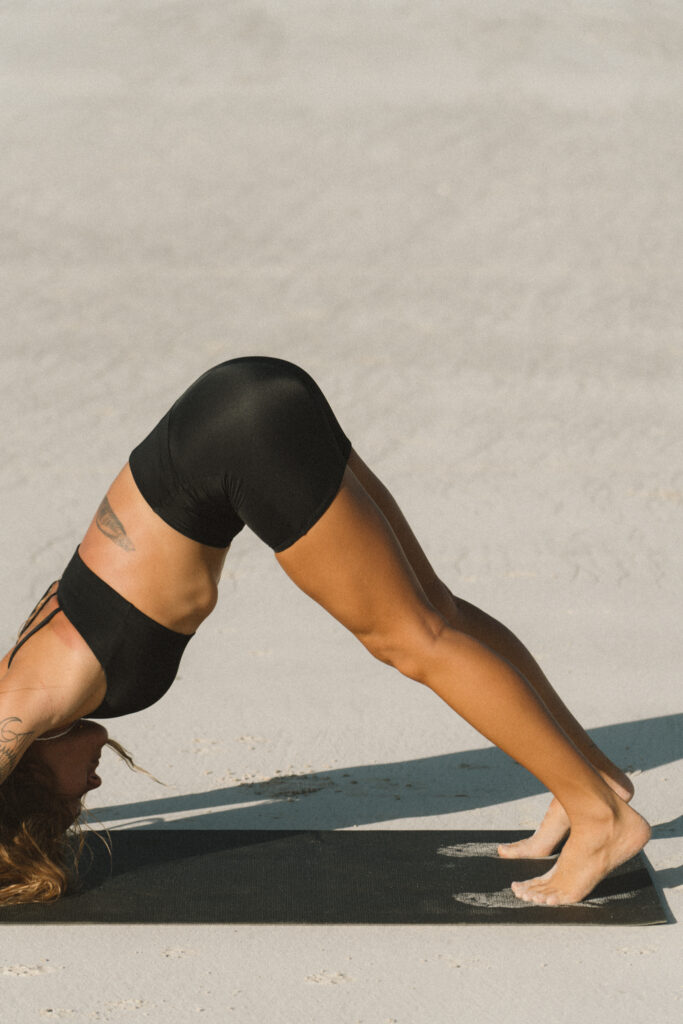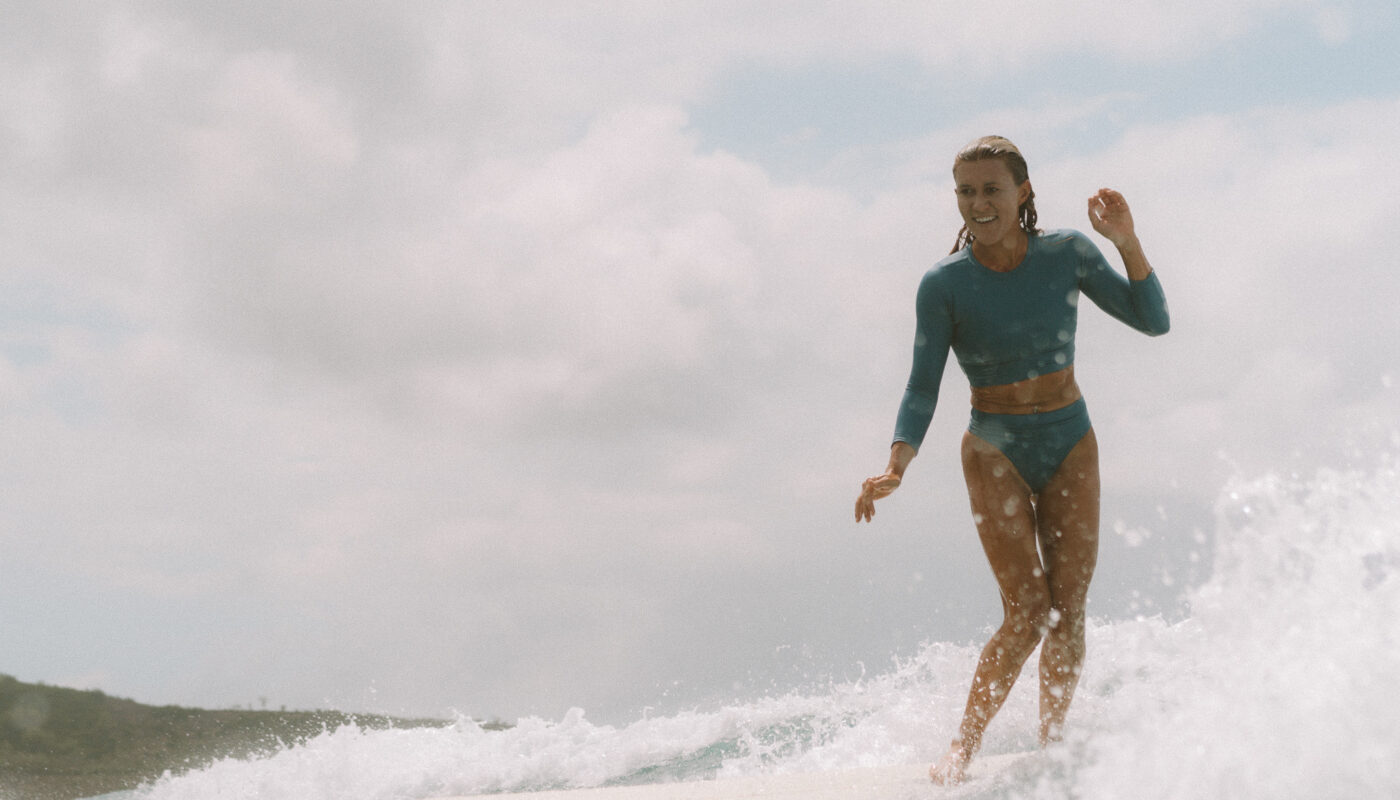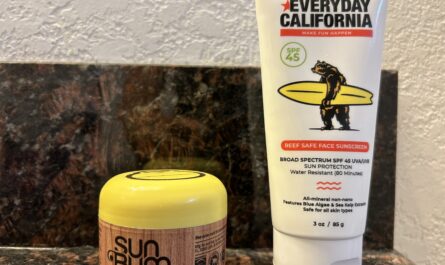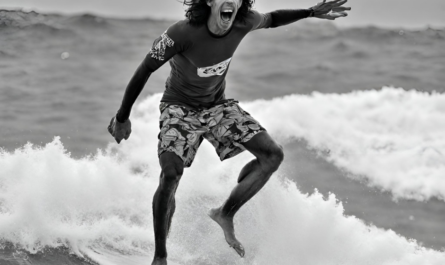Written by Emma from Noseridersurf.com
There are those mornings when the surf forecast doesn’t align with our enthusiasm, leaving us gazing at mirror-like, waveless waters. It’s disheartening, especially when you’ve geared up for a surf session. But on days like these, consider redirecting your energy towards an equally essential aspect of surfing: cross-training.
Lately, I’ve been discovering the advantages of incorporating Pilates into my routine. While regular workouts build strength, Pilates targets those small, critical muscles that directly impact your surfing performance.
Pilates is an exercise that nurtures both body and mind. Its exercises focus on core strength, flexibility, balance, endurance, and alignment, making it an ideal complement to surfing during waveless days. Similar to yoga, with its poses and breath-centric approach, Pilates takes it a step further by incorporating resistance training, particularly aimed at building core strength—something indispensable for surfing. Think of it as vinyasa with added resistance.
Strengthening Your Core
After my first Pilates class, I immediately felt the effects in my abdominal muscles. It wasn’t discomfort, but rather a pleasant reminder of how intensely the workout engaged my core from every angle. Surfing demands robust core muscle strength for maneuvers and turns. Insufficient core strength can hinder your performance or, worse, lead to injuries.

Pilates excels at consistently engaging these core muscles, as its primary goal is to enhance stability and mobility. Surfing often overworks the arms and shoulders to meet the demands of paddling out to the lineup, leading to imbalances in the body. Pilates addresses these imbalances by prioritizing core stability, resulting in improved control and form in the water.
Building Your Balance
As someone experienced in yoga, I thought I had pretty good balance until my first Pilates class left me humbled. The endurance required to maintain poses and transition between them challenged my leg muscles and left them trembling as the class progressed. Pilates’ gradual transitions foster a level of control and balance that directly benefits surfing.
Pilates employs various apparatus, including the Bosu ball, which challenges and enhances balance on an unstable surface. It took consistent practice before I could complete a class without needing to step out of a pose to regain my balance.
The ability to adapt, self-correct and maintain balance without losing your posture makes a noticeable difference in surfing, especially during maneuvers like the cross step.
Forging Flexibility
Flexibility is often underestimated in surfing. Having supple hips and hamstrings is crucial for a swift pop-up and getting your feet on the board. The perfect surfing balance lies in the combination of strength and flexibility.
Extended surf sessions can lead to muscle tightness, resulting in posture changes and imbalances. Incorporating pre- and post-surf stretches not only prepares your muscles but also prevents injuries. Pilates offers a wide range of stretches that target various muscle groups, enhancing flexibility while simultaneously strengthening them.

Each Pilates session has brought gradual improvements in my flexibility and reach. These subtle changes added up without me even realizing it and the next time I hit the water with my board, I was pleasantly surprised by the noticeable enhancement in my pop-up.
The convenience of Pilates is one of its standout features. While reformer classes are on the rise, you can easily discover basic floor routines on YouTube and engage in them from the comfort of your own home. Given that we all contend with bodily imbalances, Pilates provides a straightforward approach to improving our alignment. It’s unquestionably a fundamental component of my cross-training regimen and diet, and I plan to incorporate it for years to come.







